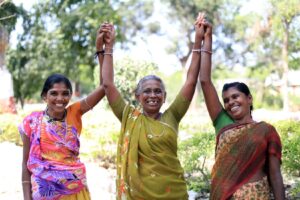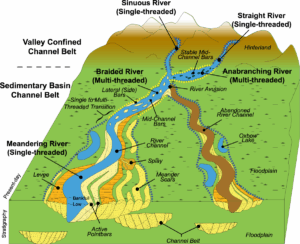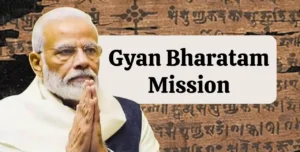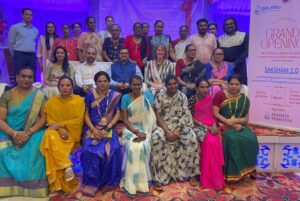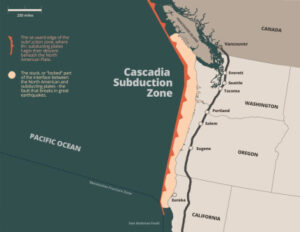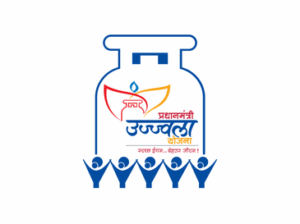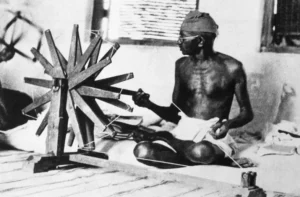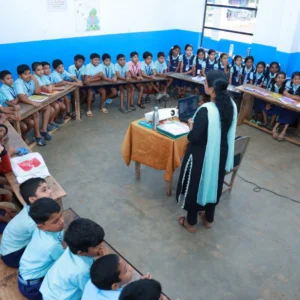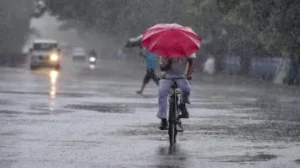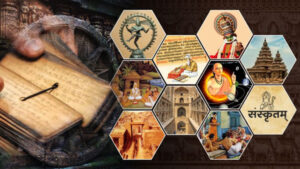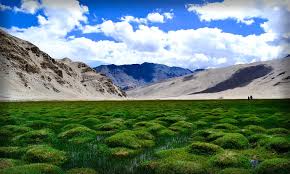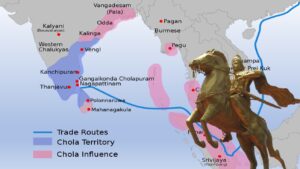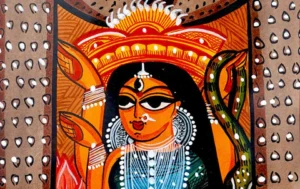Skip to content
Property Rights, Tribals and the Gender Parity Gap
Why Some Rivers Stay Single While Others Split
India Partners with World Food Programme to Fight Global Hunger
Entrepreneurship Development Programme for Transgender Persons
Cascadia Subduction Tsunami Risk
Pradhan Mantri Ujjwala Yojana (PMUY)
Swadeshi Movement and Self-Reliant India
Kerala’s Semicircular Classroom Model
Women Entrepreneurship in India
Tamil Nadu’s State Policy for Transgender Persons (2025)
IMD Predicts Above-Normal Rainfall for 2025
Indian Knowledge Systems (IKS)
Empowering Doctors to Lead Healthcare Innovation
Puga Hot Spring, Ladakh: A Window into Early Life and Astrobiology
Slums in Flood-Prone Zones
Indian Traditional Paintings
